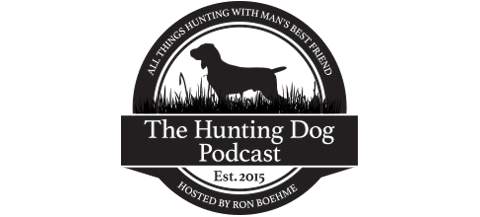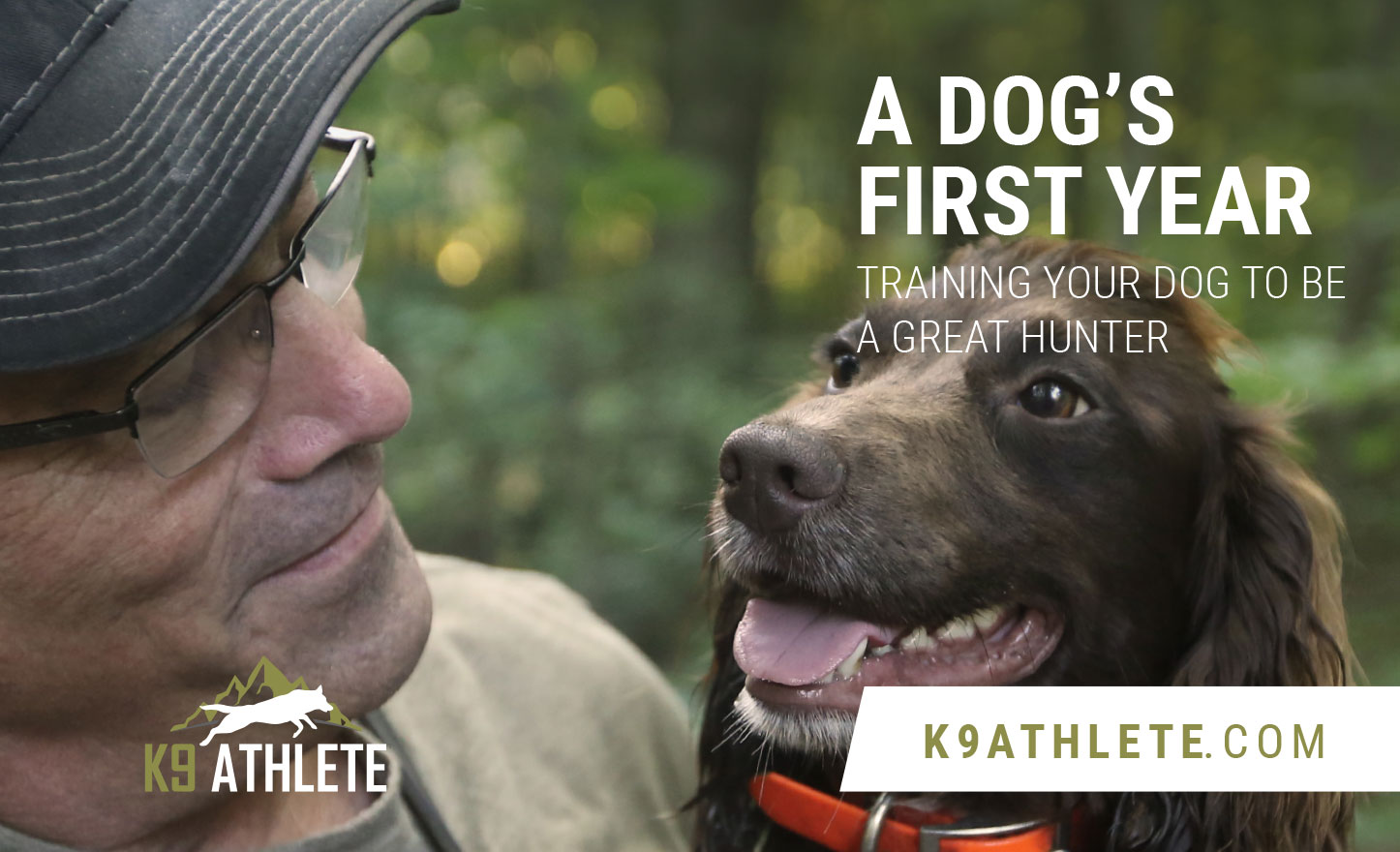A DOG’S FIRST YEAR
Author: K9ATHLETE |
A DOG’S FIRST YEAR | TRAINING YOUR DOG TO BE A GREAT HUNTER
The day you have been waiting for has finally arrived. The breeder called and your 8-10 week old puppy is ready to be picked up. You rush over to their house, load your puppy in the car, and head for home.
Congratulations! Bringing a new puppy home is something you will never forget. Buying a new dog really is a life changing event. Regardless if this is your first puppy, your tenth puppy, or somewhere in between, you likely realized on the ride home that you have a lot of work to do to turn the fun-loving fur ball sitting next to you into a hunting dog.
Turning a puppy into a respectable hunting dog takes a lot of work and dedication. The first year of his life is an extremely important one. If you lay the proper foundation during the first year, you can help your dog become everything you dreamed it could be. If you don’t lay the proper foundation, you could end up with a dog that even your parents won’t want to dog sit when you take a vacation.
We interviewed Ron Boehme, the host of The Hunting Dog Podcast, who has trained countless dogs and has been a field trial judge for decades about the basic steps a person should take to get a puppy headed in the right direction during his first year of life.
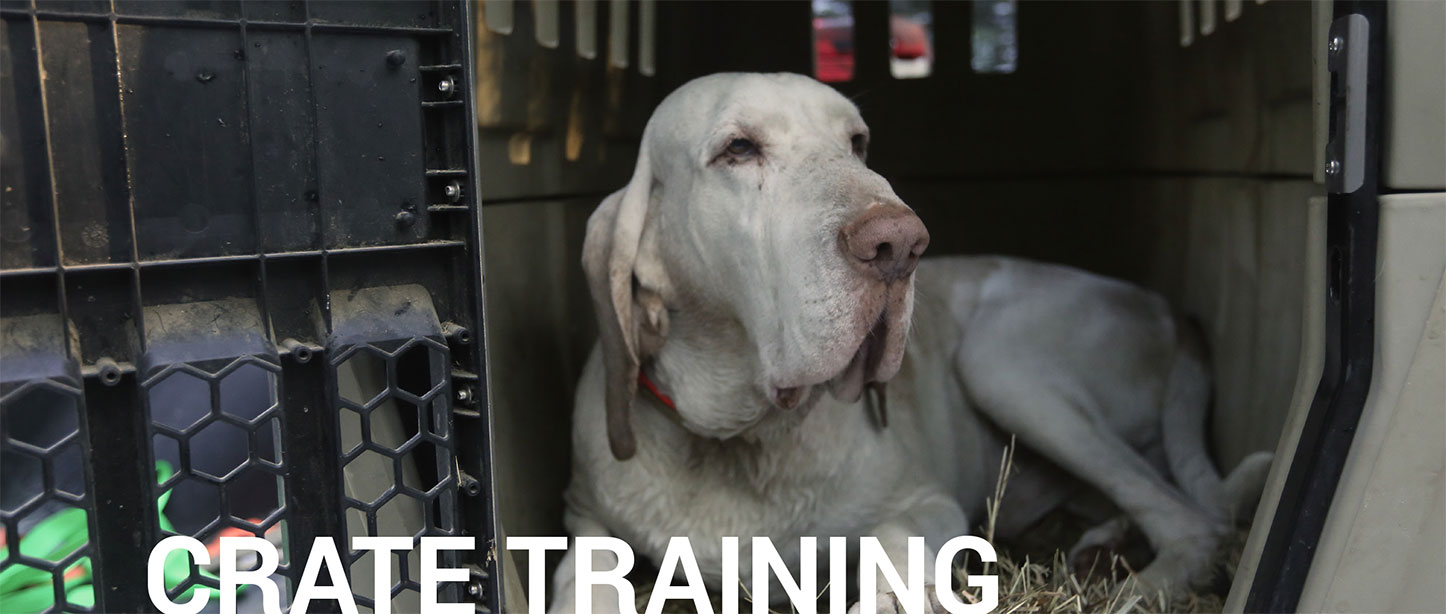
One of the most important things a new puppy owner can do to get the dog started off correctly is to crate train him. Many people think that putting a puppy in a crate for long periods of time is mean, but that is not the case. For the first few weeks after a puppy is brought home, it should spend a lot of time in a crate. The puppy should be regularly fed, played with, brought outside to go the bathroom, and put in a crate. By keeping a regular routine, he will soon be potty trained and will enjoy spending time in the crate.
Yes, he will fuss some when you first put him in the crate and he might cry himself to sleep at night, but you shouldn’t run and “save” the puppy. He needs to learn to be comfortable and content in the crate. Each time he’s in the crate, he should be told to kennel. Fairly quickly, he’ll go into the crate on command. If he wiggles a little at first and refuses to go in, continue working with him until he goes in on command. Many people get soft and give in to the puppy. Before long, the dog is in control; not the owner. Crate training and going in the crate on command is something every dog should learn early on.
From 8-16 weeks of age, it is important to always make sure he has gone to the bathroom before putting him into the crate for a long period of time. Until they have good bladder control, it’s important to let them out at least once in the middle of the night to go to the bathroom outside. It’s important to note that a puppy should be kept in a molded plastic crate. Metal wire crates can be dangerous for a puppy. They can get their paws or other parts of their body caught between the wiring on the cage.
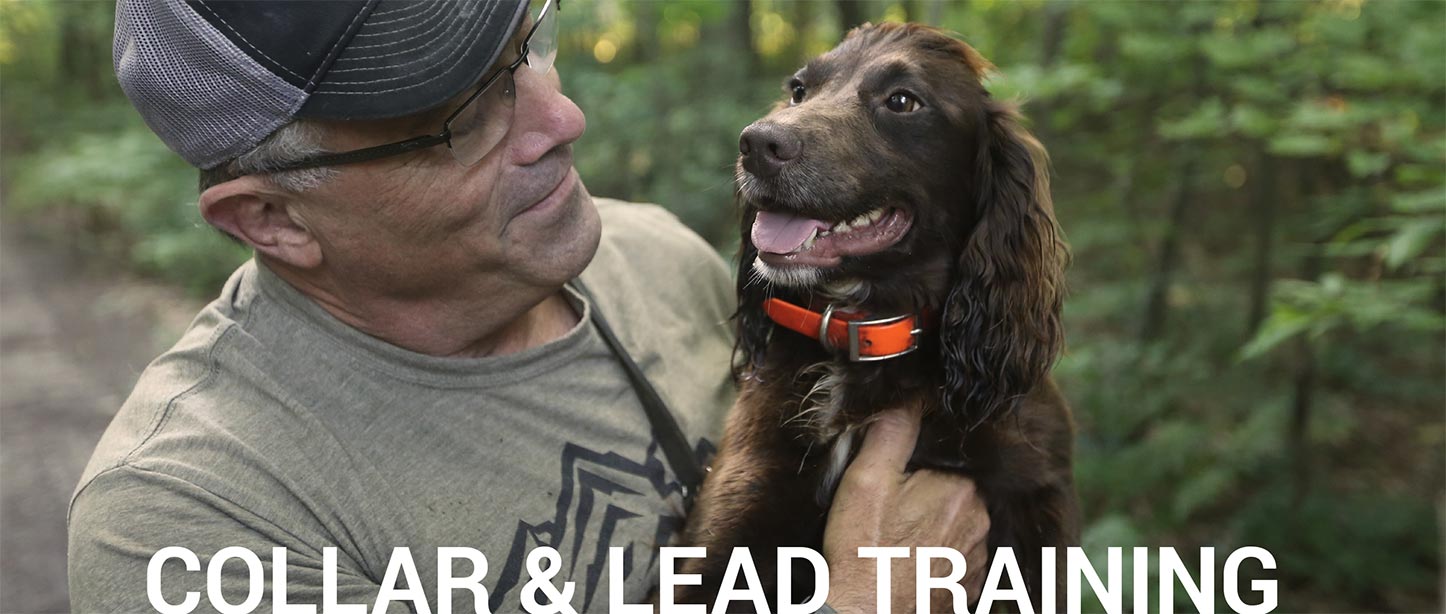
At four months old, a puppy can have his first series of rabies shots and get up to date on all his vaccines and it’s safe to bring him into the woods, around other dogs, and people.
At about 12-16 weeks, I start getting the puppy used to a collar and a leash. By the time he’s 4 months old, I want him used to wearing a collar and having a long lead on. At this age,
I begin taking him on walks in the types of woods he’ll be hunting in. I want him to become comfortable riding in a crate in the car, seeing new things, and hearing noises he’s never heard before. This is when I introduce him to other dogs and as many environments as possible, which helps build a well-rounded dog.
I start by letting him run a little bit with the lead attached to him, but without me holding it. I want him to explore and have fun learning new things, but as he’s exploring, he sometimes decides he doesn’t want to come when his name is called. This is why I like to have a long lead rope that I can reach out and grab if he won’t come back to me. When I grab the rope, I can call his name and say “come” and he’ll learn to come on command. When a puppy is young like this, I always have a lead rope attached to him, so I am still in control. At four months of age, a dog can quickly run off and you won’t be able to catch him. A lead rope is a must-have lifeline when training a young dog.
As your dog ages, the lead rope should get longer. A 6-month old dog will often have a 20-foot lead rope on him. Until you feel like your dog will mind in the woods, or until they understand the beeper on an E-collar, you should always take him to the woods with a lead rope attached. As the training continues, I will put an E-collar on him and beep the collar, tug on the lead rope, and tell him “come.” In time, he will understand what both “come” and a beep on the collar mean.
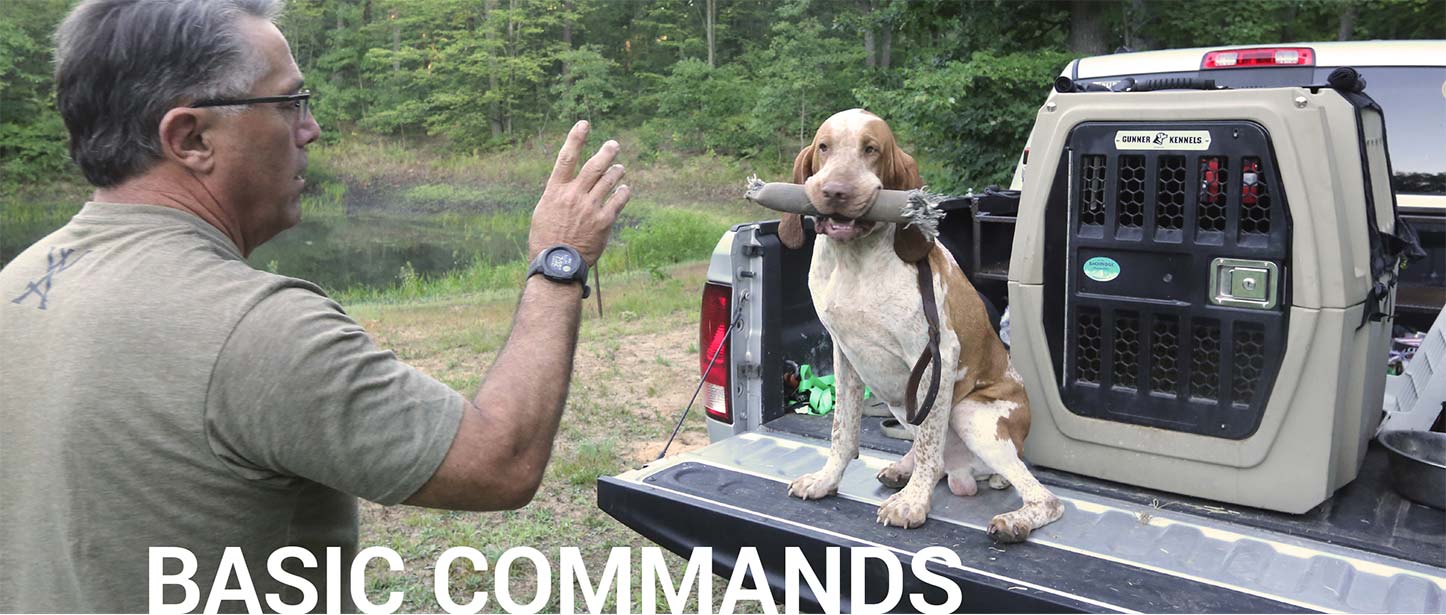
During this same time period, I recommend making sure your puppy really starts to understand come, stay and go. A dog starts to understand come because the owner is regularly using the lead rope and telling him to come.
At the same time, I work with him on stay or whoa and go. Teaching stay can be more difficult, and making him stay for short periods of time in one place in a controlled environment will help him learn the command.
Go is fairly easy to teach: you simply release the dog from the lead rope and tell them they can go. Use the same word repeatedly for each command you are training. When I release the dog from his lead, I tell him “go!” He learns that command fairly quickly. I want my dogs to know what go means because when they are looking for a lost bird or when we first start hunting in a new spot, I want to be able to tell him to go and he’ll know that he is free to take off.
All of these commands are started in a yard, refined in the yard, and proven in the woods. Once they have a basic understanding of the commands, I take the dog to the woods to test how well he understands these commands. If he struggles to listen in the field, we go back to the yard and start over.
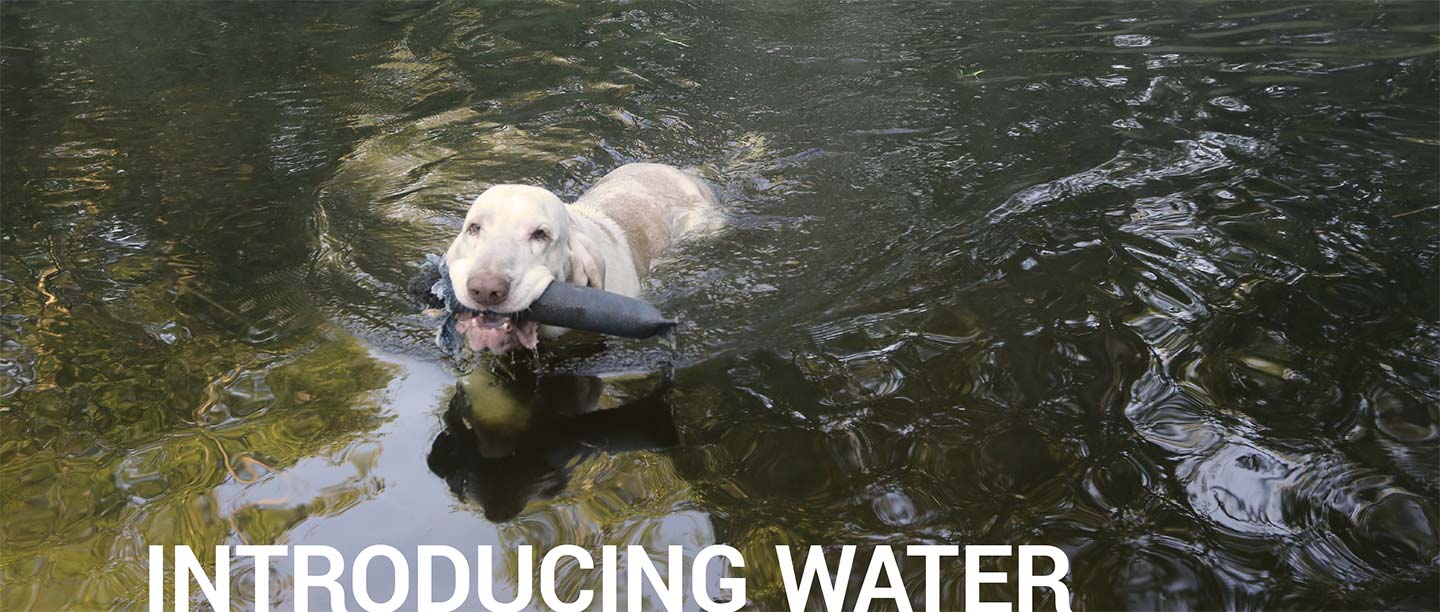
When the puppy is between 12-16 weeks of age, I introduce them to water. If a dog isn’t acquainted to the water properly, he can become afraid of it. I like to start at a lake or pond that has a gradual drop-off and a solid bottom. A concrete boat ramp is a great option. This allows him to ease into the water without sinking into the mud or going in over his head. I will also go into the water with him. I make introducing him to water extremely fun and if he’s a little apprehensive, I back off for a week and try again. Anytime throughout the training process, if a puppy fails at something or is apprehensive, simply back off and try again later. Go back to something they are good at, praise them, and try the water training or the whoa or stay command another time.
All the above commands and backyard training are some things you can continue to work on weekly over the course of the dog’s first six months of life.
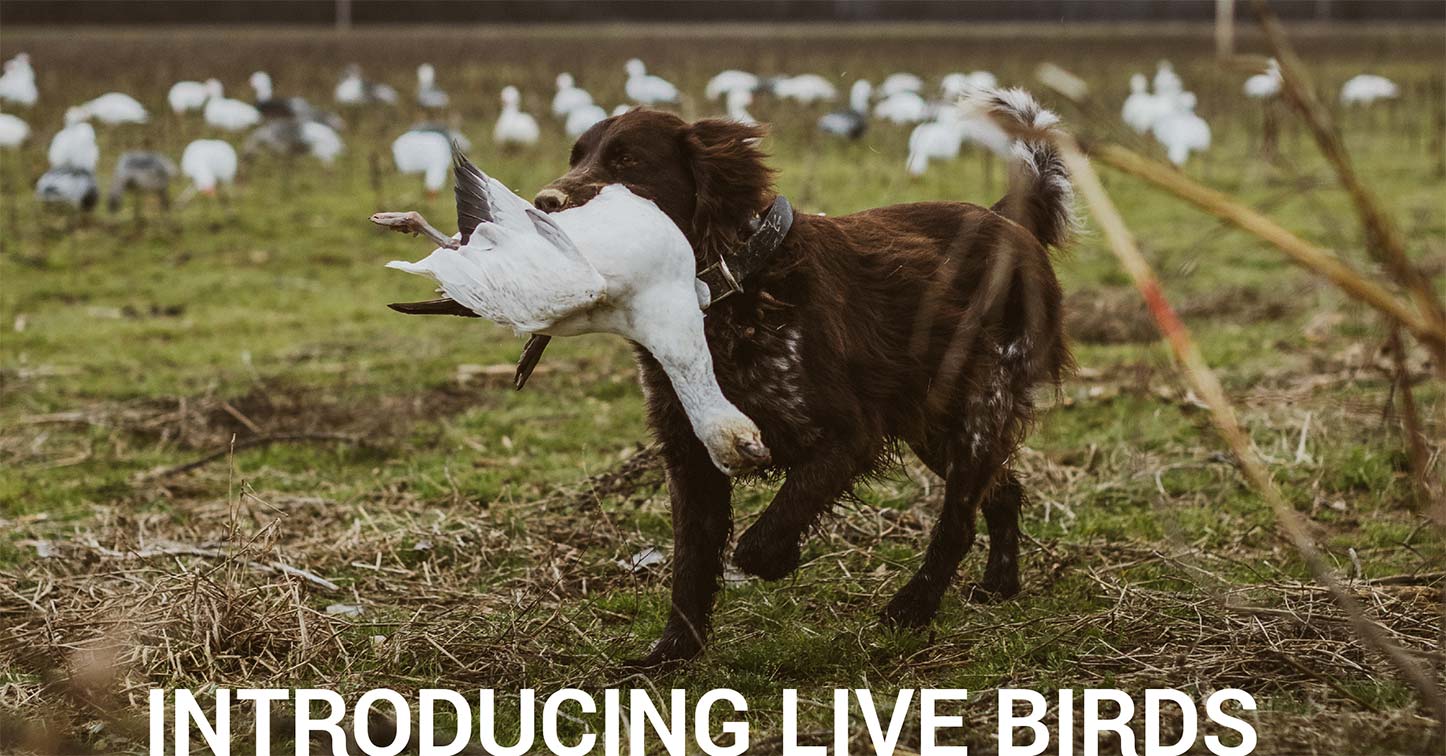
At six months of age, I begin introducing the puppy to live birds. If you live in a certain area of the country and the timing is right, I suggest introducing a dog to wild birds first. He will learn more from wild birds than anything else. If you can’t train him on wild birds, train him using pen-raised birds that can fly really well. Everything you taught him during the first six months of his life will be tested when he’s introduced to birds. He probably isn’t going to listen well; he isn’t going to stay/whoa very well. He’s not going to do what you ask of him, but this is when he starts learning about birds and when you start reinforcing the commands your dog was taught in the backyard.
Six months of age is also when you can introduce the dog to an E-collar. E-collars are a tricky thing. They can be a great tool, or they can ruin a dog. At six months old, I put an E-collar on a dog for the first time and let them get accustomed to having a bulky collar on. I start by introducing them to the beeper functions of the collar. Before a person uses a collar to correct a dog, they should work with a trainer or a training group so they understand how to properly use an E-collar. If not used correctly, an E-collar can destroy a dog. It’s a great tool if used properly but many people don’t know how to use them properly so professional training is critical.
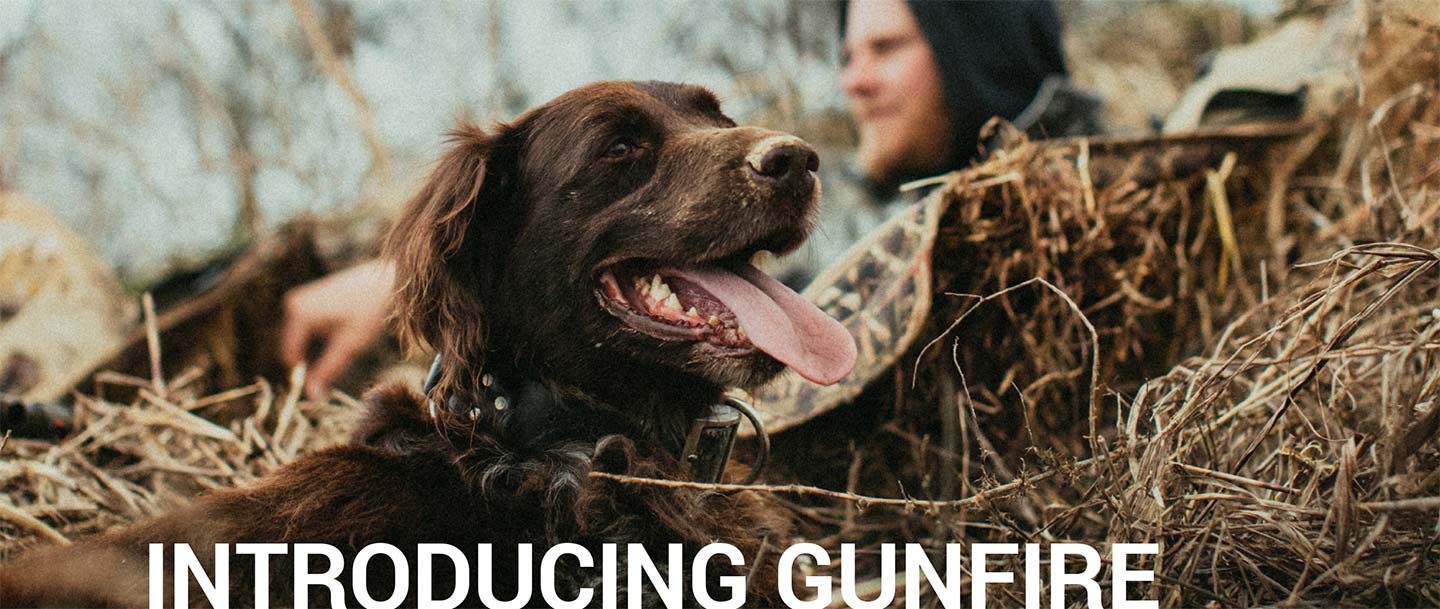
Improperly introducing a dog to gunfire can also destroy a dog. I suggest gun dog owners introduce their dog to gunfire somewhere between 6-12 months of age. There is no reason to rush this. It is best to have a trainer or training group help with this if the owner hasn’t trained a gun dog before. When he is introduced to gunfire properly, he won’t pay much attention to gunfire. If he’s introduced improperly, he may struggle with gunfire throughout his entire life.
I’ll introduce a dog to gunfire while he’s messing around with live birds. I suggest going to a preserve and buying a few birds or pigeons before introducing your dog to gunfire. I like to fire a .22 blank as the dog is flushing a bird. I make sure that the dog is physically and mentally distracted by the bird when I fire the gun so that he hardly notices the gun going off. I want the first few gunshots to be background noise. As he gets accustomed to the background noise, I move closer to him when I fire the gun. The first time I fire the gun, he might be 75 yards away. The next week when I take him to the field, I will try shooting at 50 yards. Each time I take him to the field, I move a little closer until I am firing right over him. It is important to note that this process can take several weeks of training. Dog owners should never rush this process.
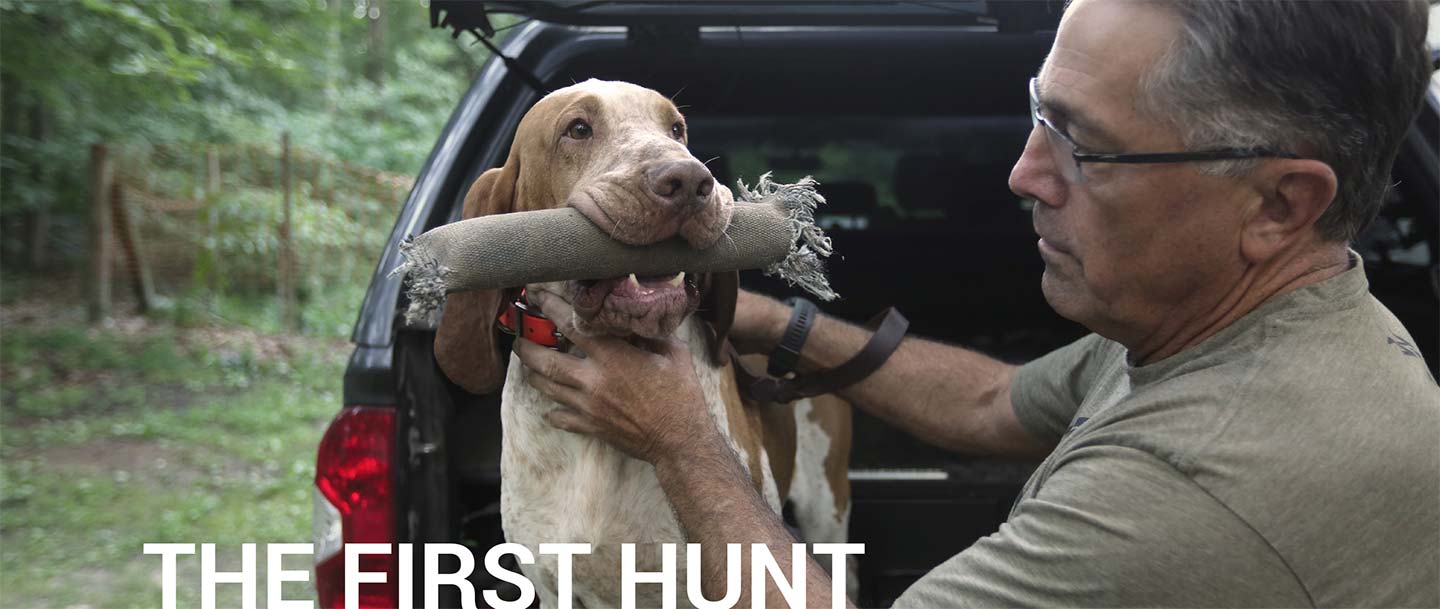
A WORD OF CAUTION
The first fall that a dog gets to hunt wild birds should be about having fun and not about him doing everything perfectly. By now a puppy that was purchased in late winter or early spring is able to hunt. The American way is to get the dog in the woods as much as possible and push, push, push. Owners should resist the urge to push their dog too hard. Take the dog hunting, have fun, and continue to practice commands and training in the yard and in the field as much as possible.
People should enjoy the first season with their dog and not hold him to an extremely high standard. A pointer is going to break point that first year and chase birds. A young dog might range out too far or not far enough. He may wiggle around in the blind and spook ducks. Oh well. Be patient and continue to work on the basics. Each year he will learn more. Wild birds are a great teacher and there are some things that he’ll learn from hunting wild birds that a trainer can’t teach him. The first season is an extremely important one: every hunter should take as much time as they can to go hunting with their dog.
Hopefully this guide will help you through your puppy’s first year. Taking a dog from a puppy to a polished gun dog is one of the most challenging things you will ever encounter, but also one of the most rewarding.
1.800.300.125 | K9ATHLETE.COM![]()
